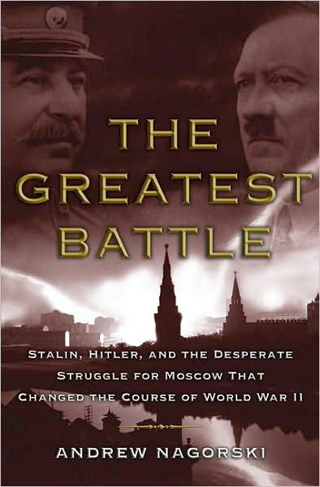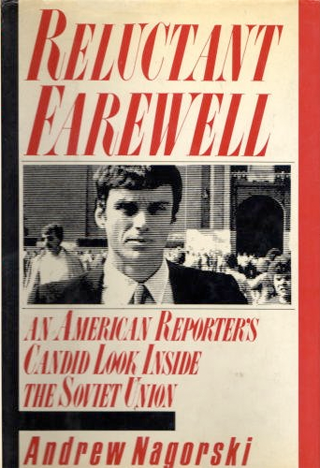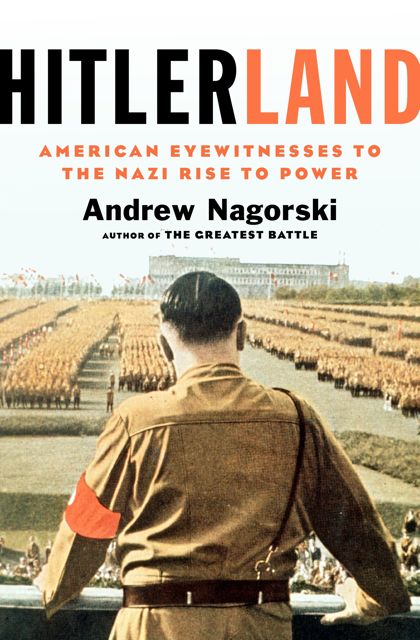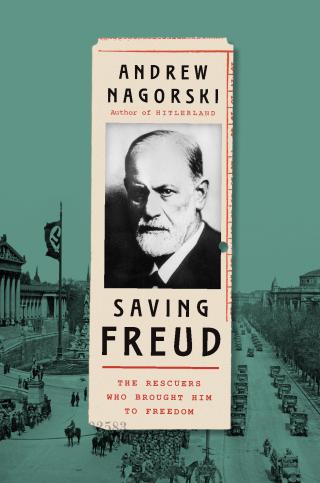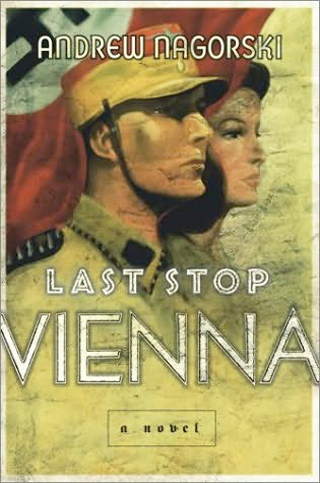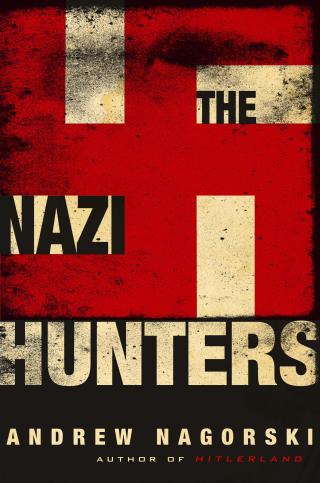The study of warfare can become a lifelong passion. Among the significant battles in history are the titanic struggles between Hitler and Stalin during World War II. Kursk, Leningrad and Stalingrad are names familiar to those with even a light interest in World War II land campaigns. However, Newsweek International Senior Editor Andrew Nagorski makes a compelling argument in his book, The Greatest Battle, that the pivotal battle between these two leaders is perhaps the one least studied. This is the Battle for Moscow.
The Battle for Moscow was the largest battle fought between two armies in history and marked the first failure of the German blitzkrieg of armor, air, and mechanized infantry. The battle lasted 203 days between 1941 and 1942, included seven million troops from both sides, and resulted in 2.5 million casualties.
To understand the importance of this battle, one must place oneself in the minds of the Allies; Poland and France had fallen and Britain had endured months of Nazi air bombardment. While Stalin understood the grand design of Hitler, and that at some point there would be a war between the Soviet Union and Germany, he remained blinded by a preconception that Hitler, having concluded a non-aggression pact with Russia, would not attack until Britain was defeated. Stalin refused to see the indications in intelligence reporting of German hostile intent along the Soviet border, even to the point of German reconnaissance planes, supposedly part of flight training schools, landing in Russia.
The conflict between Stalin and Hitler was not just strategic; it was a personal war between two leaders who had an abiding hatred for one another. Stalin had read Hitlers book and understood that eventually Nazism and Soviet Communism would go to war; Stalin did not expect that war to occur in 1941.
Another lesson illustrated by Nagorski is how generals advise leaders in times of war, as the book covers such famous names as Heinz Guderian, the leading theorist of blitzkrieg tactics who fought in Army Group Center as it drove towards Minsk and then to Moscow. The Germans assaulted the Soviet Union with 3.05 million men, 3,550 tanks and 2,770 aircraft, supported by 500,000 men provided by German allies Finland and Romania. Guderian did not delude himself and questioned why, only months before during a tour of German tank grounds, Russians doubted that the Panzer IV tank was Hitlers best tank. Guderian would find out the answer the hard way when the Soviets rolled out the T-34 tank, arguably the best tank ever produced in World War II. Other German generals let their illusions of racial supremacy blind them to the wars realities, not believing the Soviets could produce a superior tank. Another generals featured is Georgy Zhukov who is known for defending Moscow and was ruthless in his work to stem the Nazi tide.
Nagorskis work is a great read and highly recommended for those with passion for studying warfare on a strategic, operational and tactical level coupled with a thorough grounding in the personalities of a major battle. You can request this book through the Bolling AFB library.
Editors Note: Aboul-Enein writes for two U.S. Navy Base papers, the Naval Training Center Great Lakes Bulletin and the Naval District Washington Waterline. He also maintains a regular column in the Air Force Base Paper, the Bolling Aviator. Aboul-Enein wishes to thank his colleague Ms. Meghan Knake-Timko for her edits and insightful comments.

